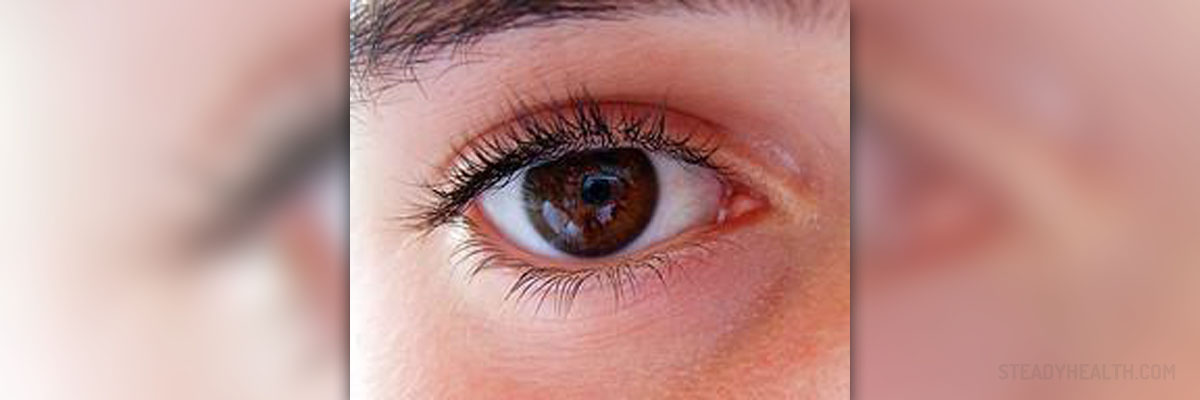
Keratoprosthesis is a surgical procedure performed in individuals in whom the cornea has been severely damaged and needs to be replaced with a new cornea. But unlike standard corneal transplantation when the new cornea is obtained from a donor, during keratoprosthesis surgeons use artificial cornea.
There are many different conditions affecting the cornea, resulting in severe vision loss. Congenital birth defects, different infections (particularly those unresponsive to treatment), eye injuries and burns are all conditions that cause irreversible damage to the cornea and may be only treated with this type of surgery.
Artificial corneas are made of clear plastic. They have excellent optical properties and may vary in size, design as well as the very type of surgery engaged for their implantation.Candidates for Keratoprosthesis
Keratoprosthesis is a treatment option for individuals in whom the vision is less than 20/400 in the affected eye, patients who have already undergone corneal transplant but the transplant has been rejected as well as patients suffering from congenital birth defects and those with non-autoimmune diseases. Corneal scarring associated with keratoconus is another problem that can be treated with keratoprosthesis. It is essential for all patients to have their retina in place.
Keratoprosthesis Eye Surgery
This surgical procedure is performed under general or local anesthesia. The surgeon makes an incision between the cornea and sclera and creates a special pocket which is going to be filled with the artificial cornea. After that the wound is closed. A few days after the surgery patients may report all problems they have with vision and surgeons may make certain modifications.
This is not commonly performed surgery. So in order to improve the outcome surgeons actually do their best and try to make the procedure even more efficient and less risky.
After the surgery patients are discharged the same day.
Keratoprosthesis Surgery Risks
In spite of being very successful when it comes to restoration of vision, keratoprosthesis can be associated with certain complications. The most severe side effects of this surgery are the onset of glaucoma and extrusion of the implant. Postoperative reduction in vision is caused by vitritis. This complication requires antibiotics and minor laser surgery. Inflammation of the eye as well as infections may occur as well and they are either completely cured or may be blamed to even more damage to the affected eye.
However, in spite of complications that may occur, this type of surgery is highly efficient and improves vision even in individuals in whom corneal transplantation did not help.
















Your thoughts on this
Loading...